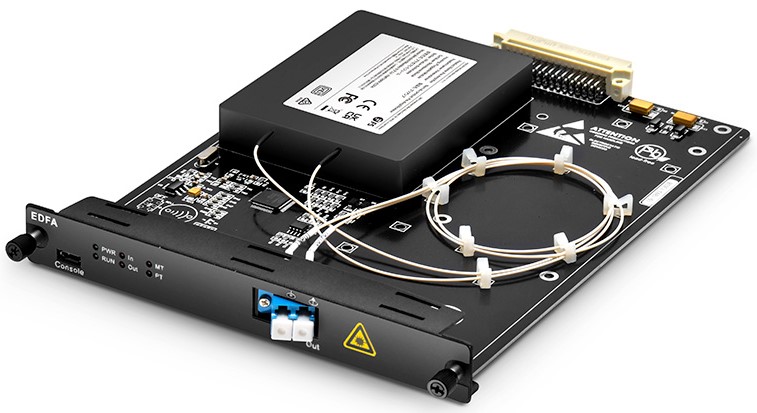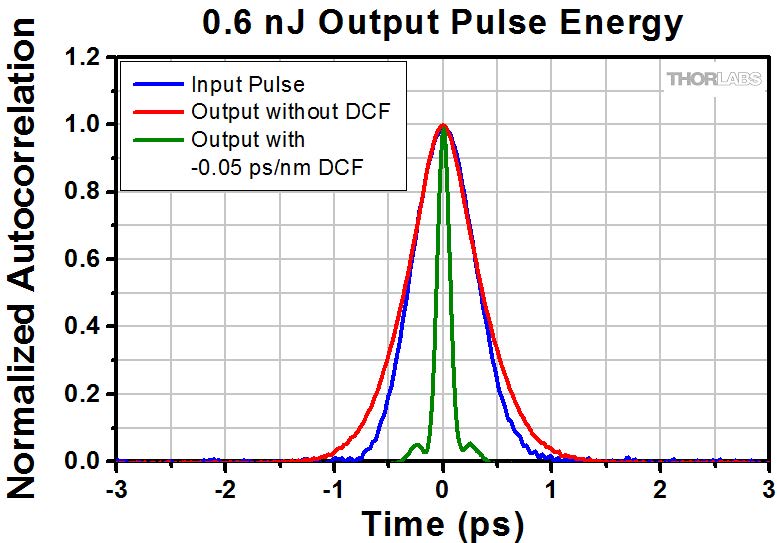FP/MA/FP-MA: Low-Noise Amplification of ns-Pulses Using EDFA
As part of a research project, a demonstrator of an optoelectronic test system for LIDAR sensor systems is being developed. This test system is intended to make it possible to read out, calibrate and test the function and safety of any LIDAR system fully automatically. The LIDAR sends out pulses with a pulse duration of a few nanoseconds, which are coupled into an SMF from the front end of the demonstrator. In order to increase the signal power and thus the signal-to-noise ratio, an EDFA should be installed as a low-noise amplifier between the front end and the subsequent signal modulation. EDFA are particularly suitable for this purpose because they already have very good noise properties at the upper laser level due to their long service life. Building on this, new concepts for use as an LNA for ns pulses will be researched. It is important to develop various options with which EDFA can be optimized for low-noise amplification of ns
pulses. Their noise is dominated by ASE, which also emits noise photons between pulses. The amplifier cannot be viewed in a simplified manner in the steady state or operated in compression. Other methods are therefore being sought to minimize ASE within the signal wavelength. One approach is an out-of-band CW signal. This mitigates ASE by inducing stimulated emission at a different frequency. After the amplifier, the OB-CW signal can be filtered out. The wavelength of the OB-CW signal must be chosen so that it has the highest possible emission-to-absorption ratio and at the same time is not so close to the signal wavelength that it can no longer be separated from it.
 [1]
[1]  [2]
[2]

This work aims to investigate aspects of this promising approach. First, the gain and noise behavior for ns pulses is simulated and optimized with an OB-CW signal. The optimized parameters such as pump power, fiber length, OB wavelength and dispersion compensation are then applied to an EDFA and examined using measurements. Based on the measurements, conclusions can be drawn for future concepts.
[1] url: www.fs.com/de/products/35925.html [2] url: www.thorlabs.com/newgrouppage9.cfm?objectgroup_id=10680Supervisor: Christian Carlowitz, Johannes Reichstein
Keywords: Photonics, optical amplifiers, Python, MatLab, hardware, measurement technology
Requirements: Knowledge in the area of photonics
Contact: christian.carlowitz@fau.de, johannes.reichstein@fau.de